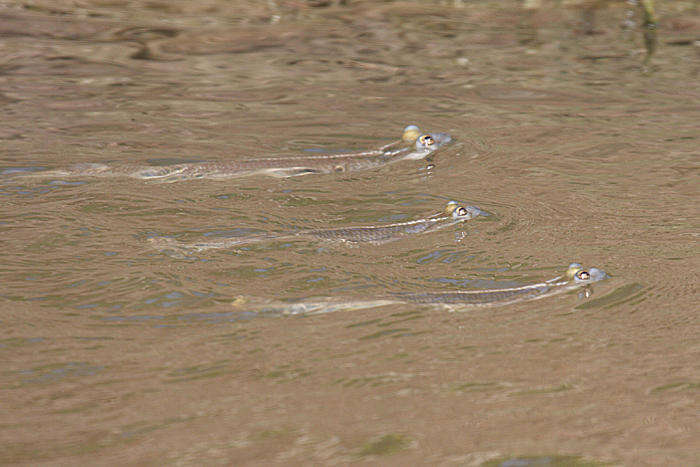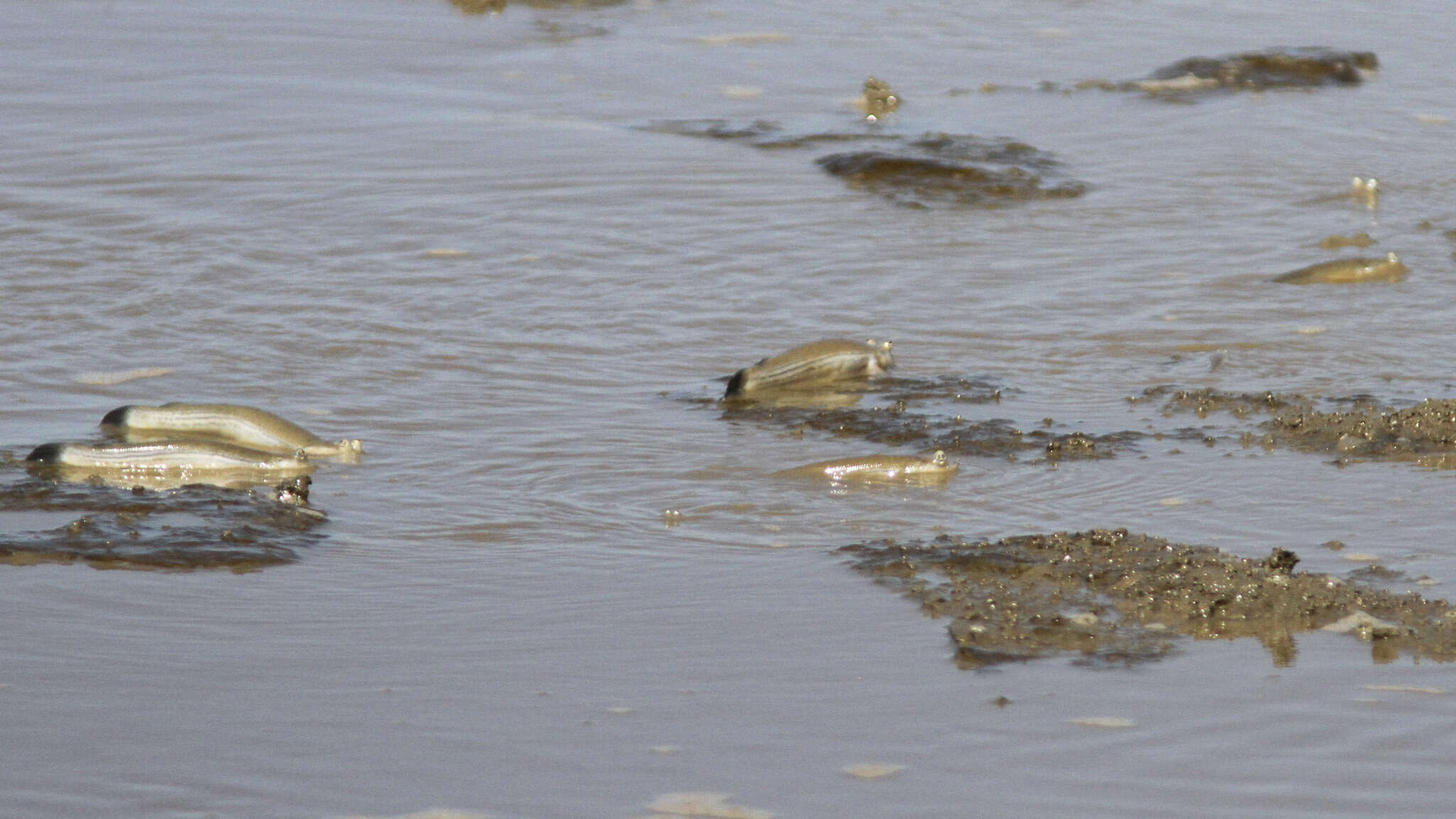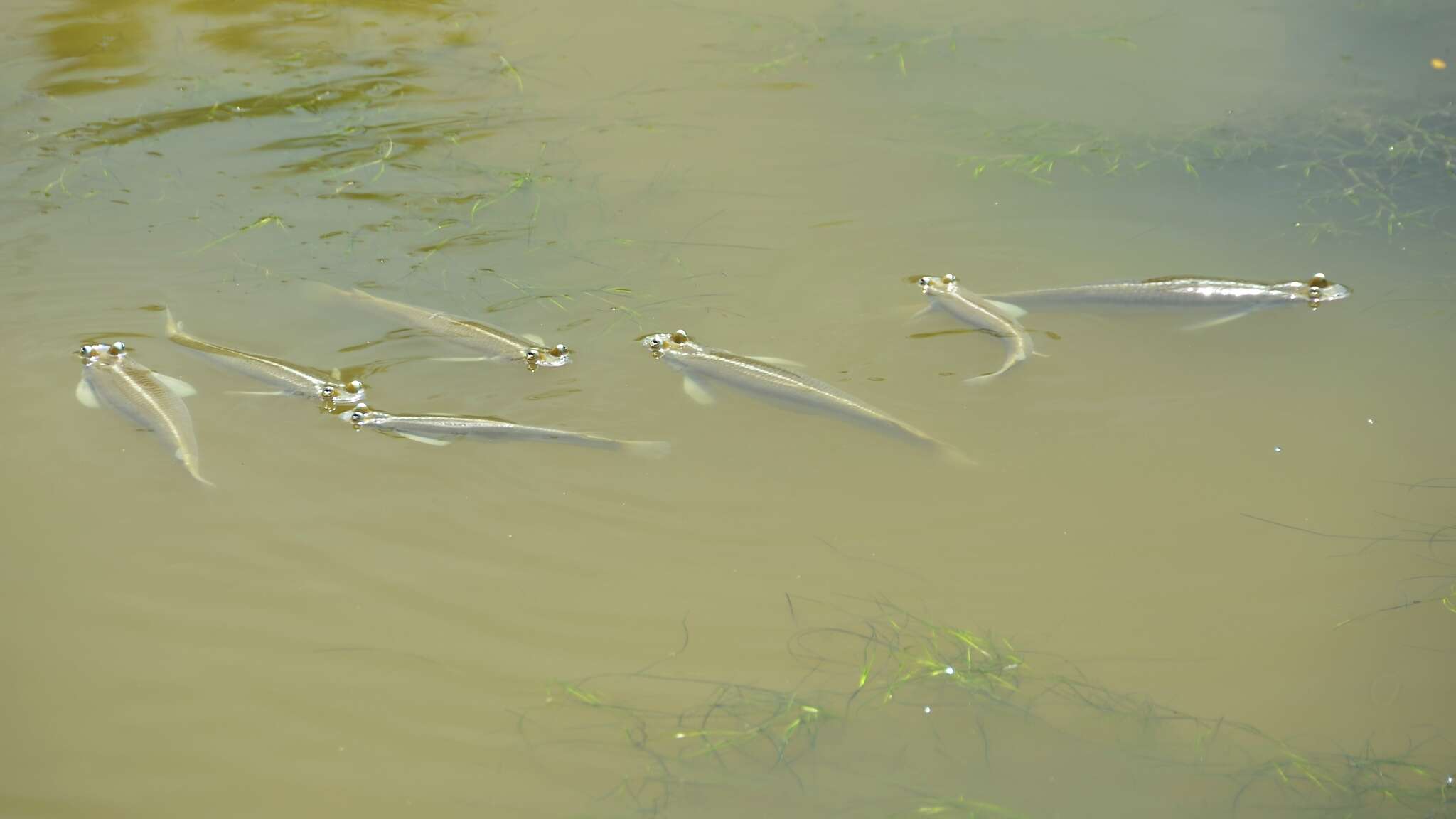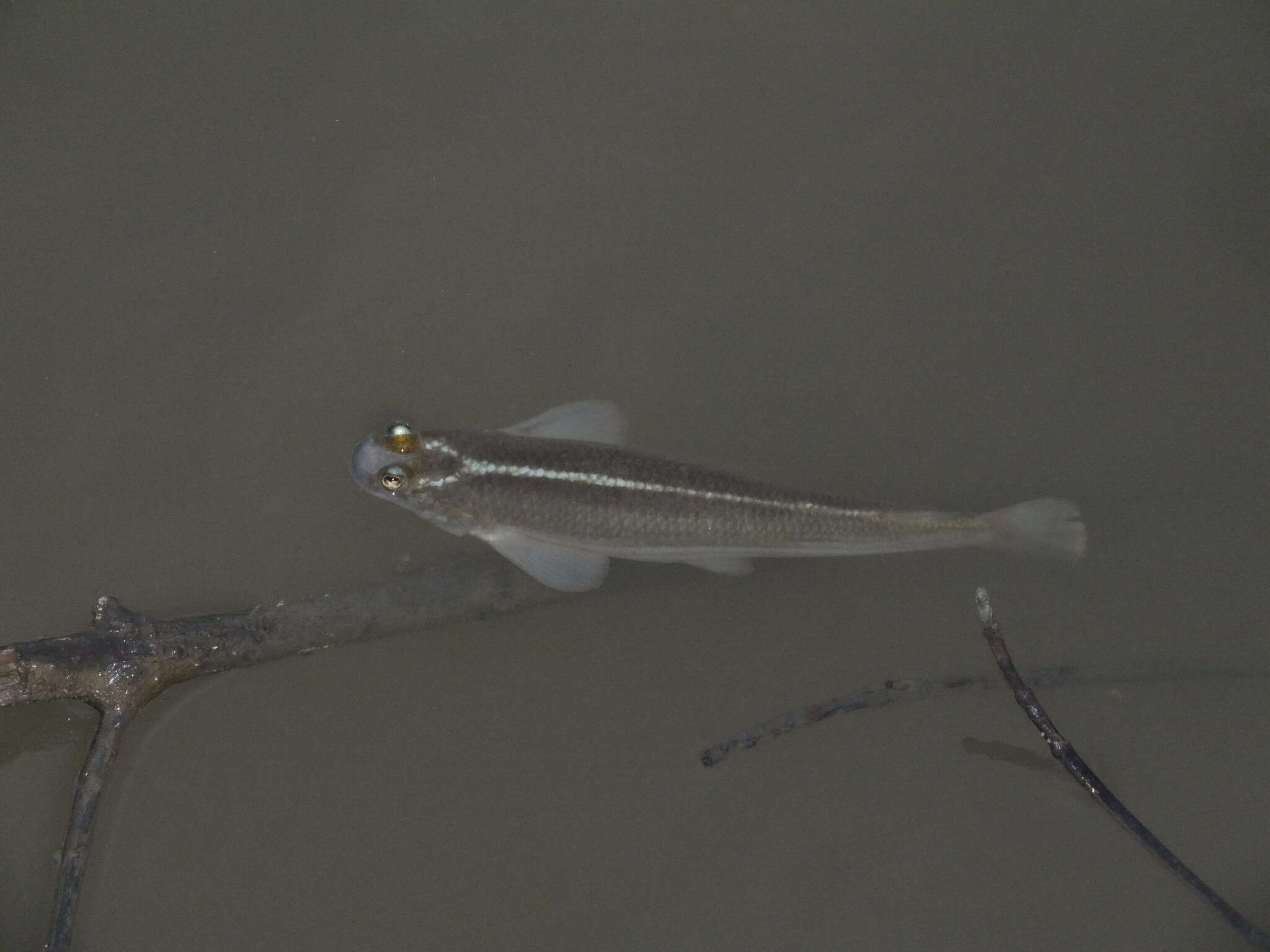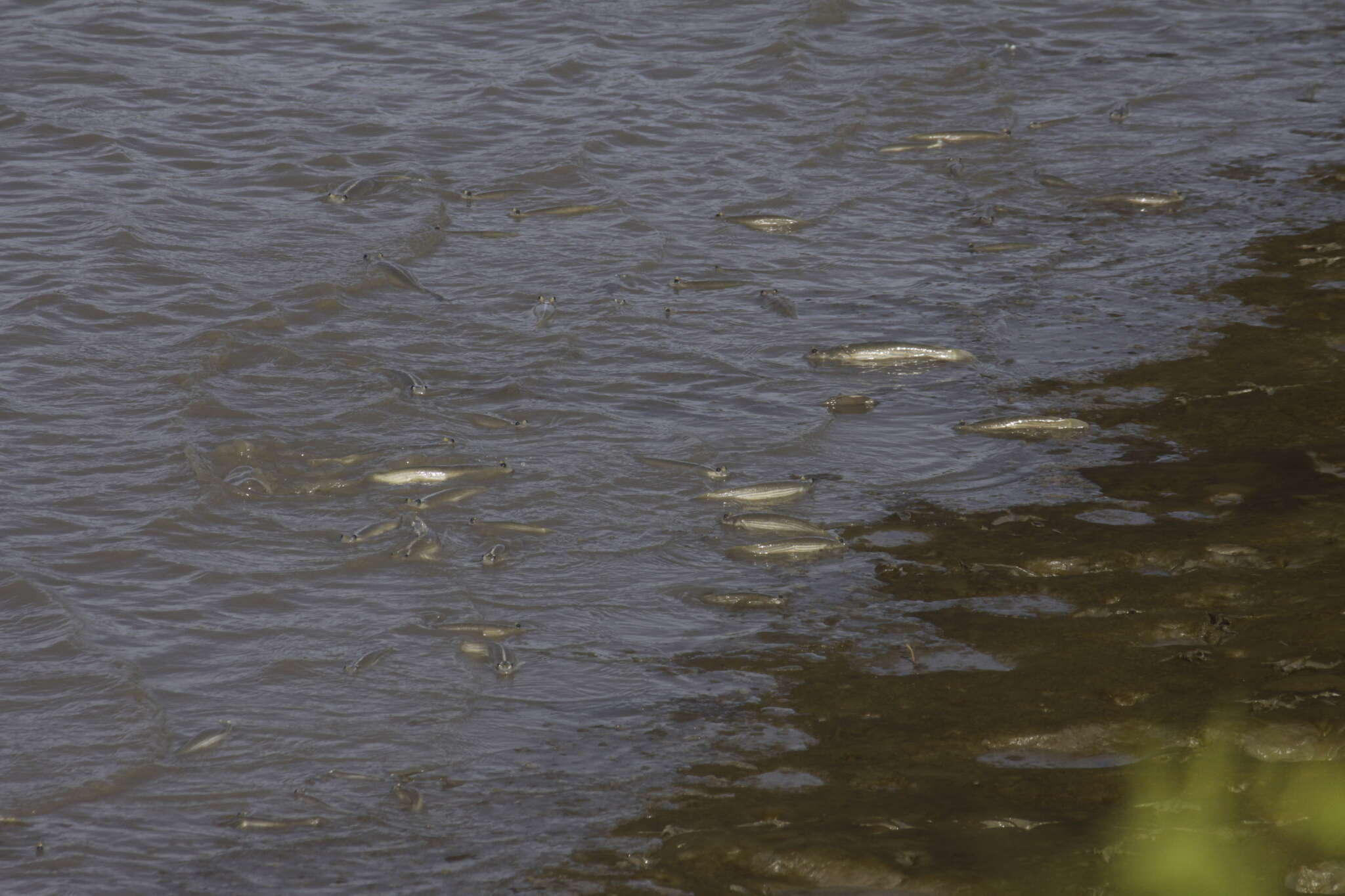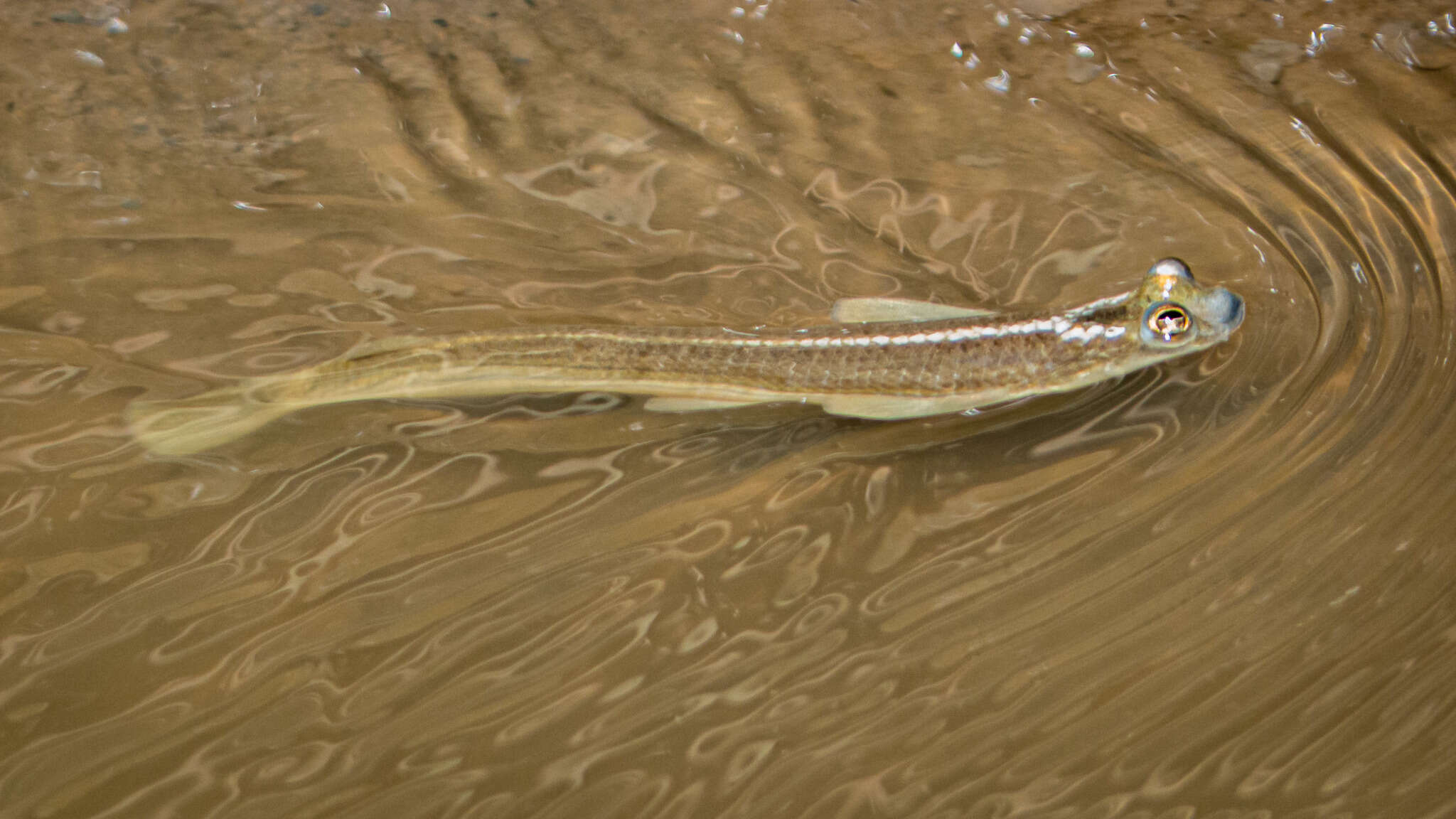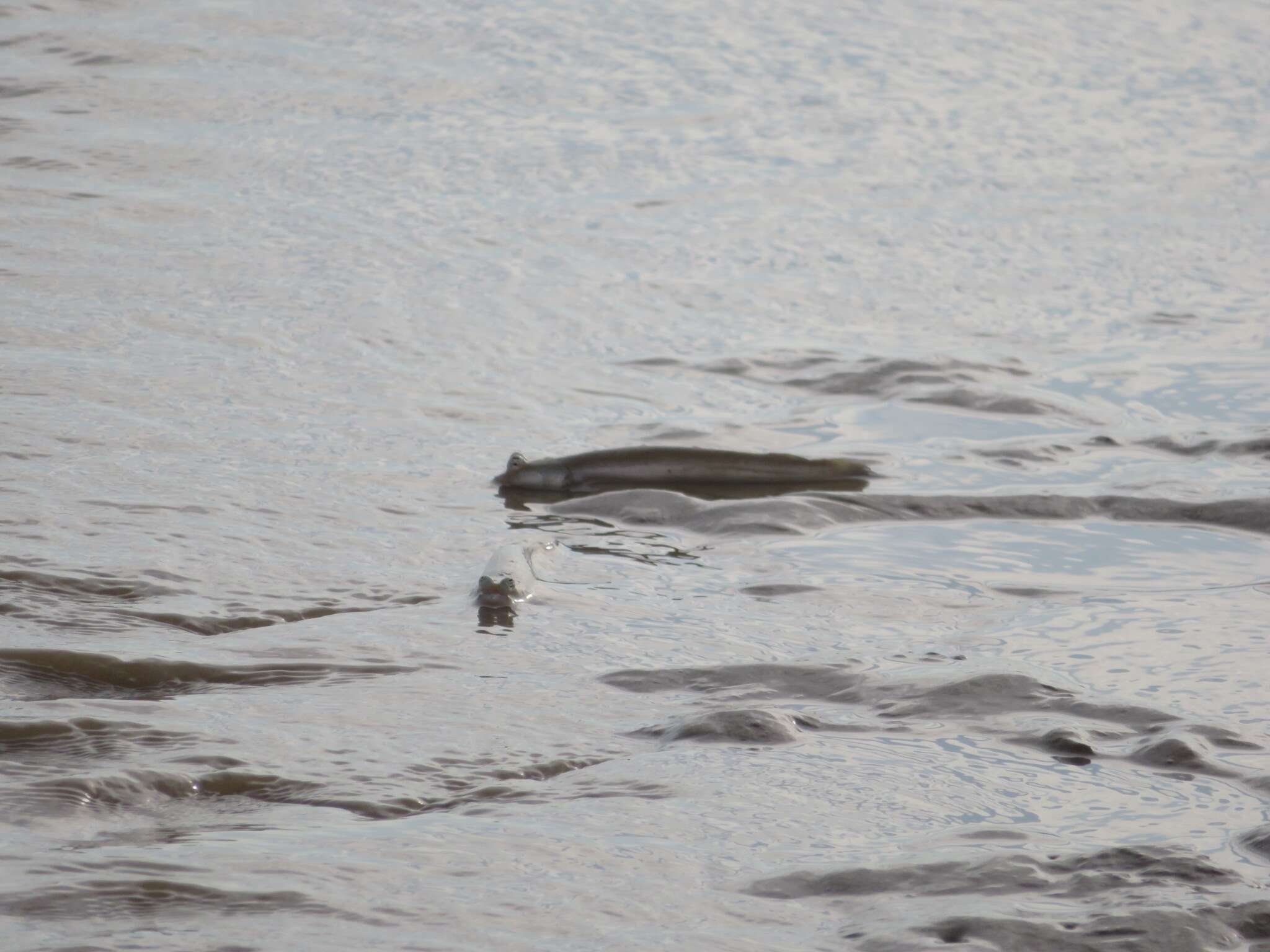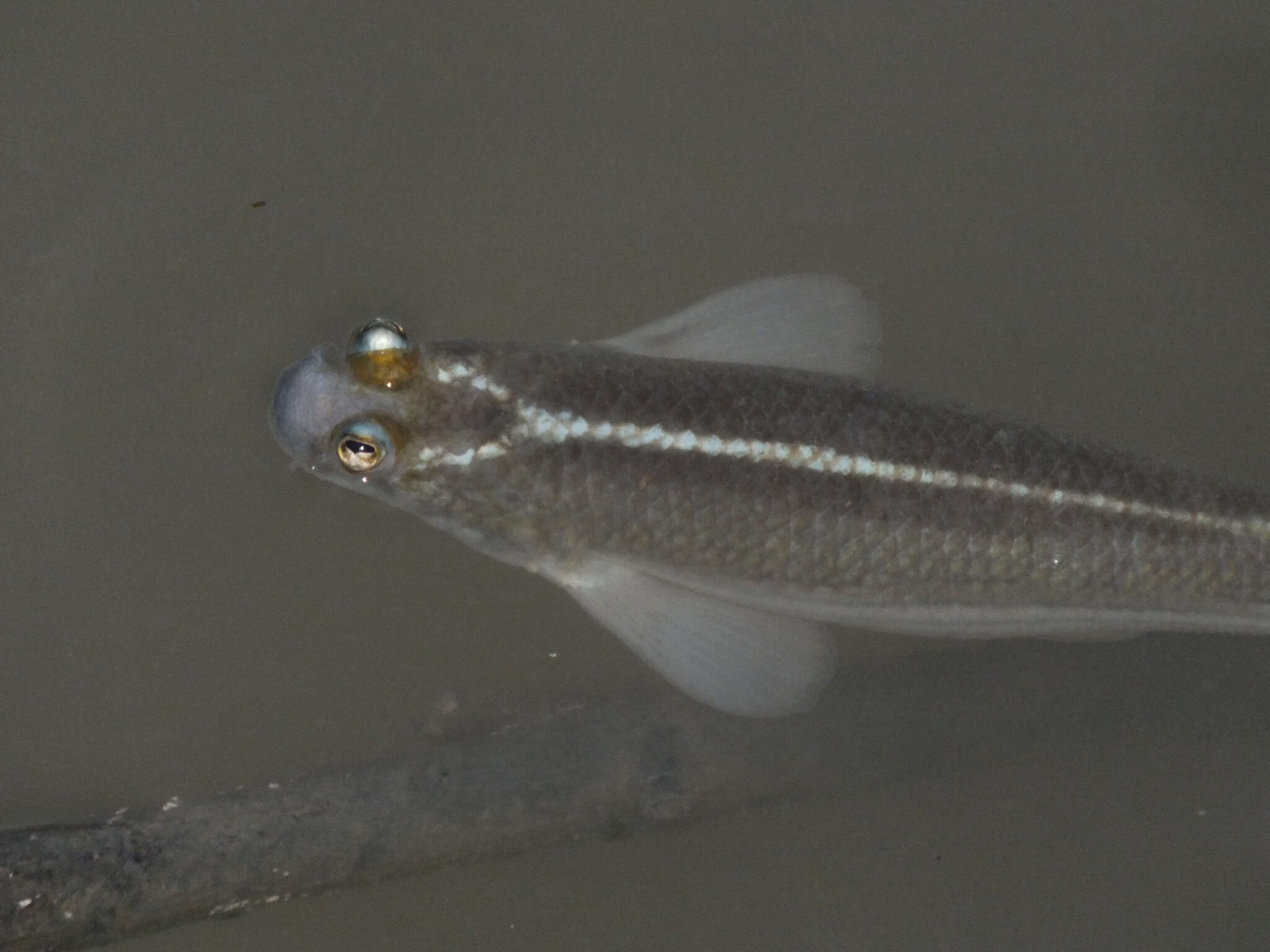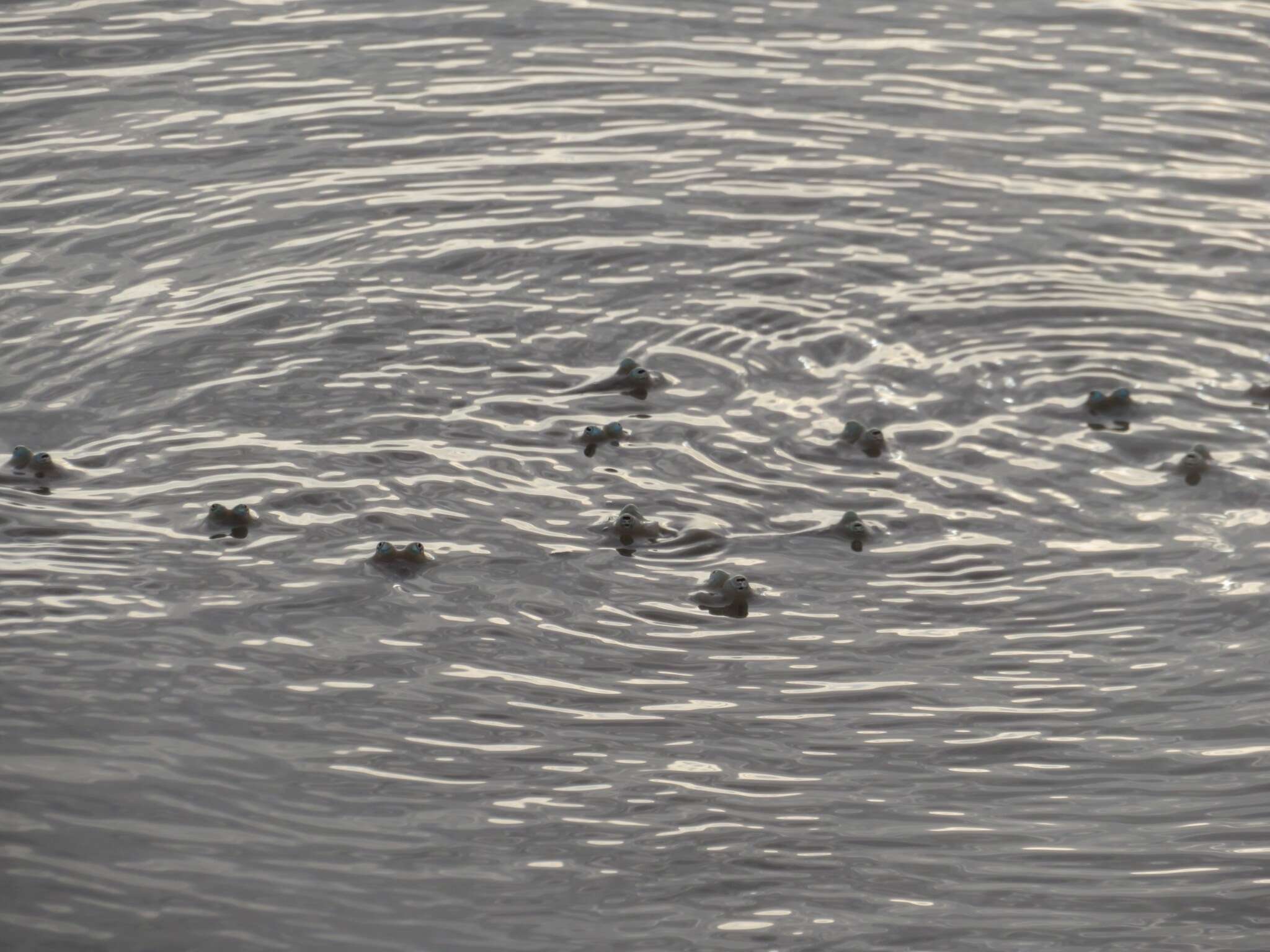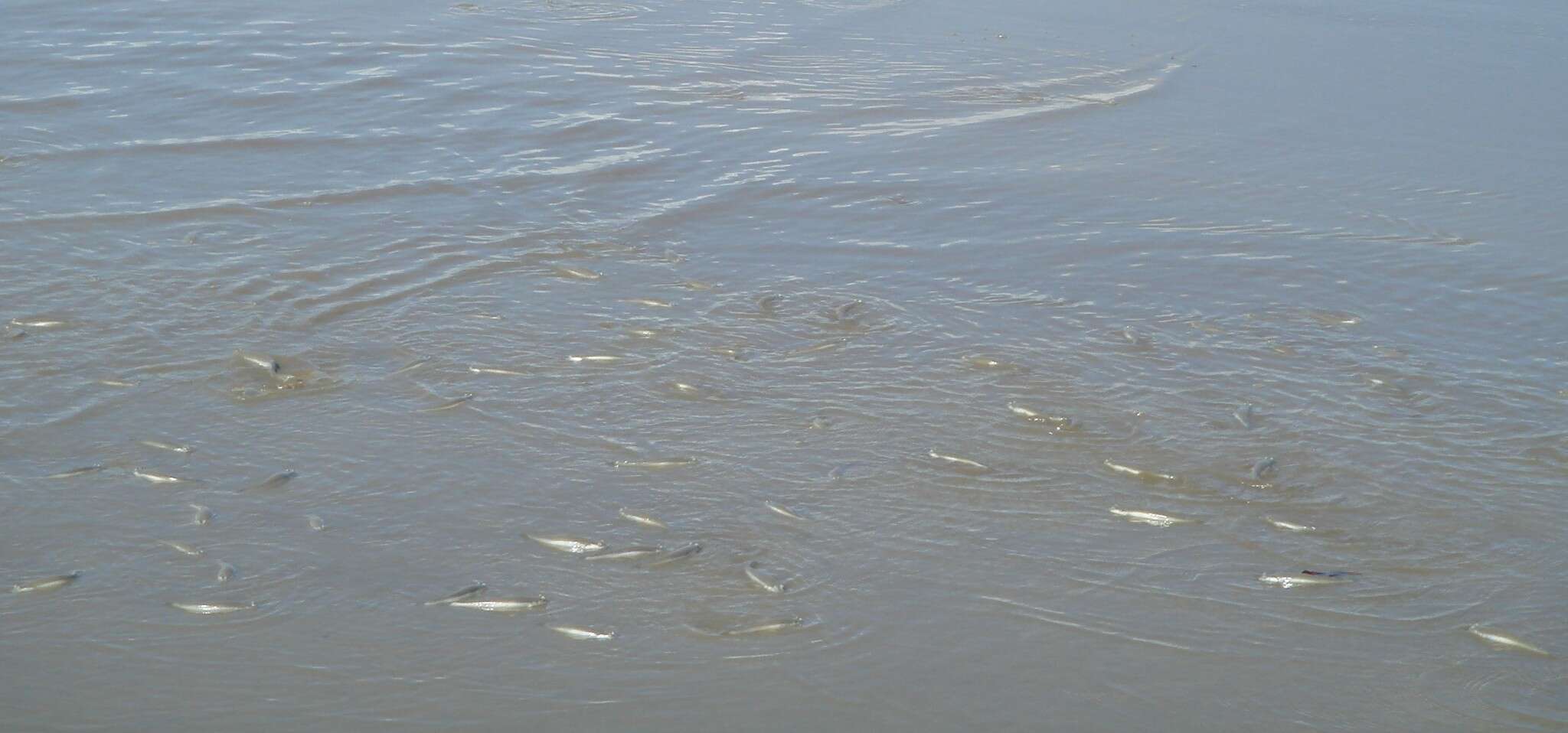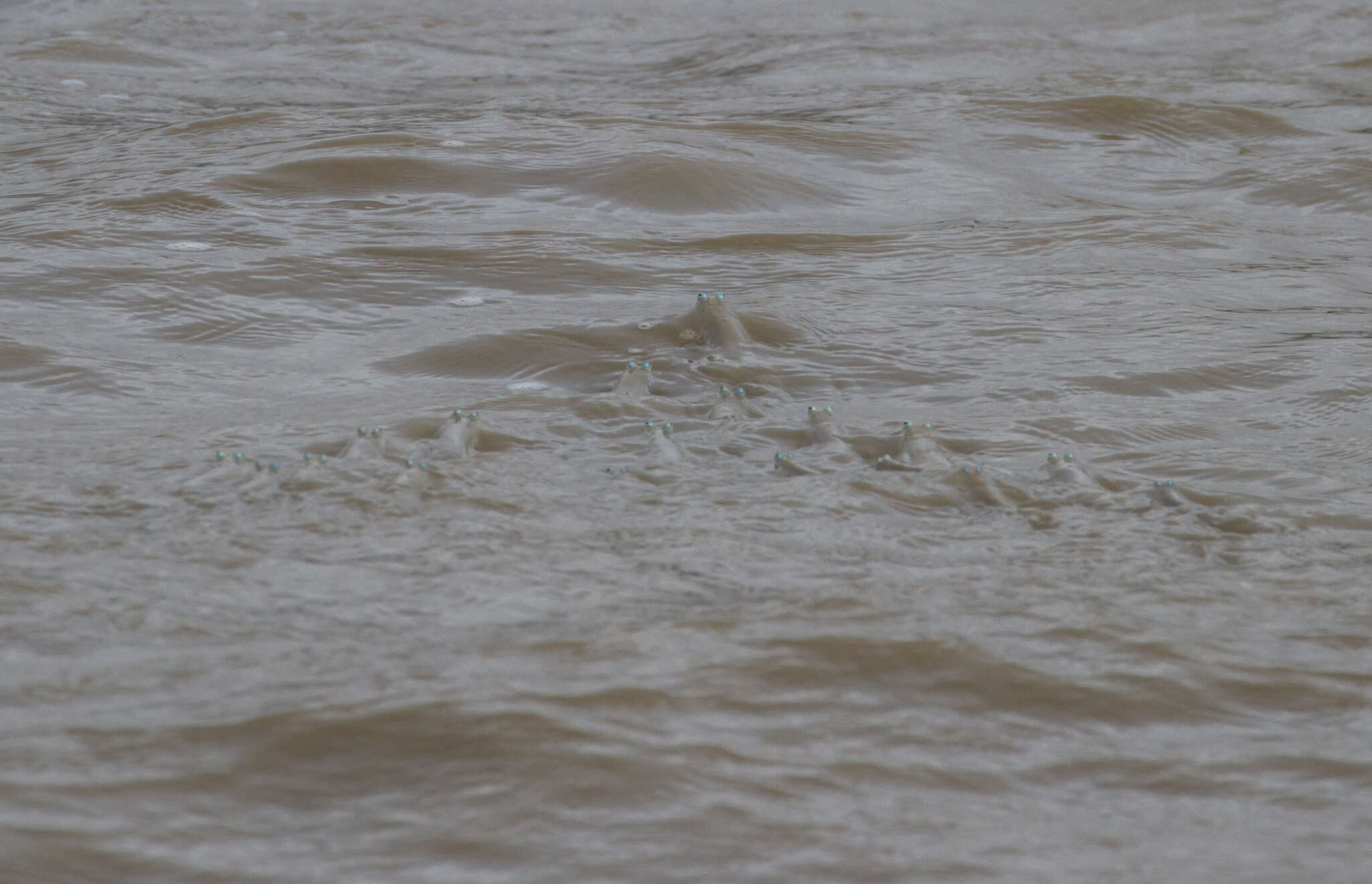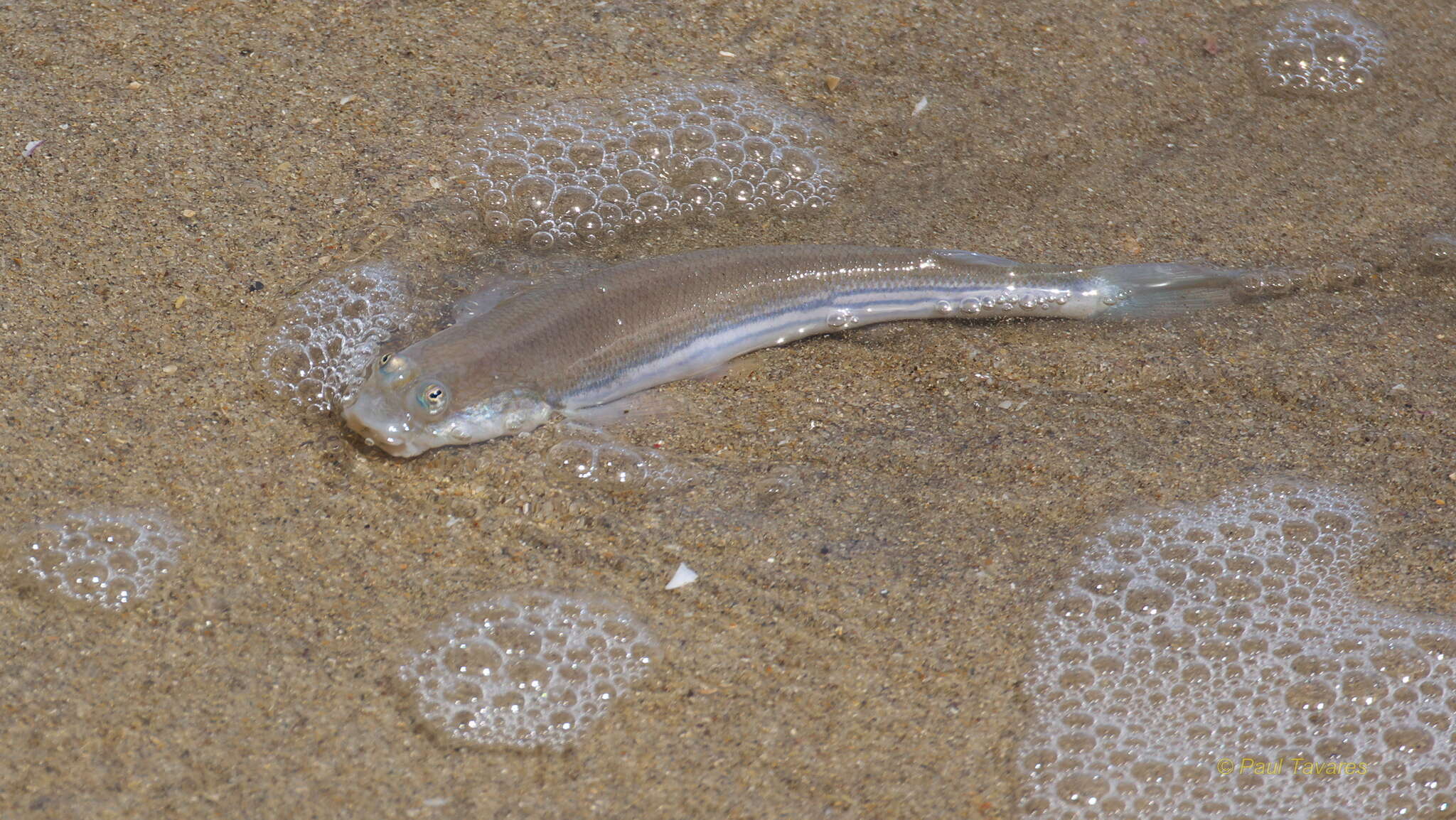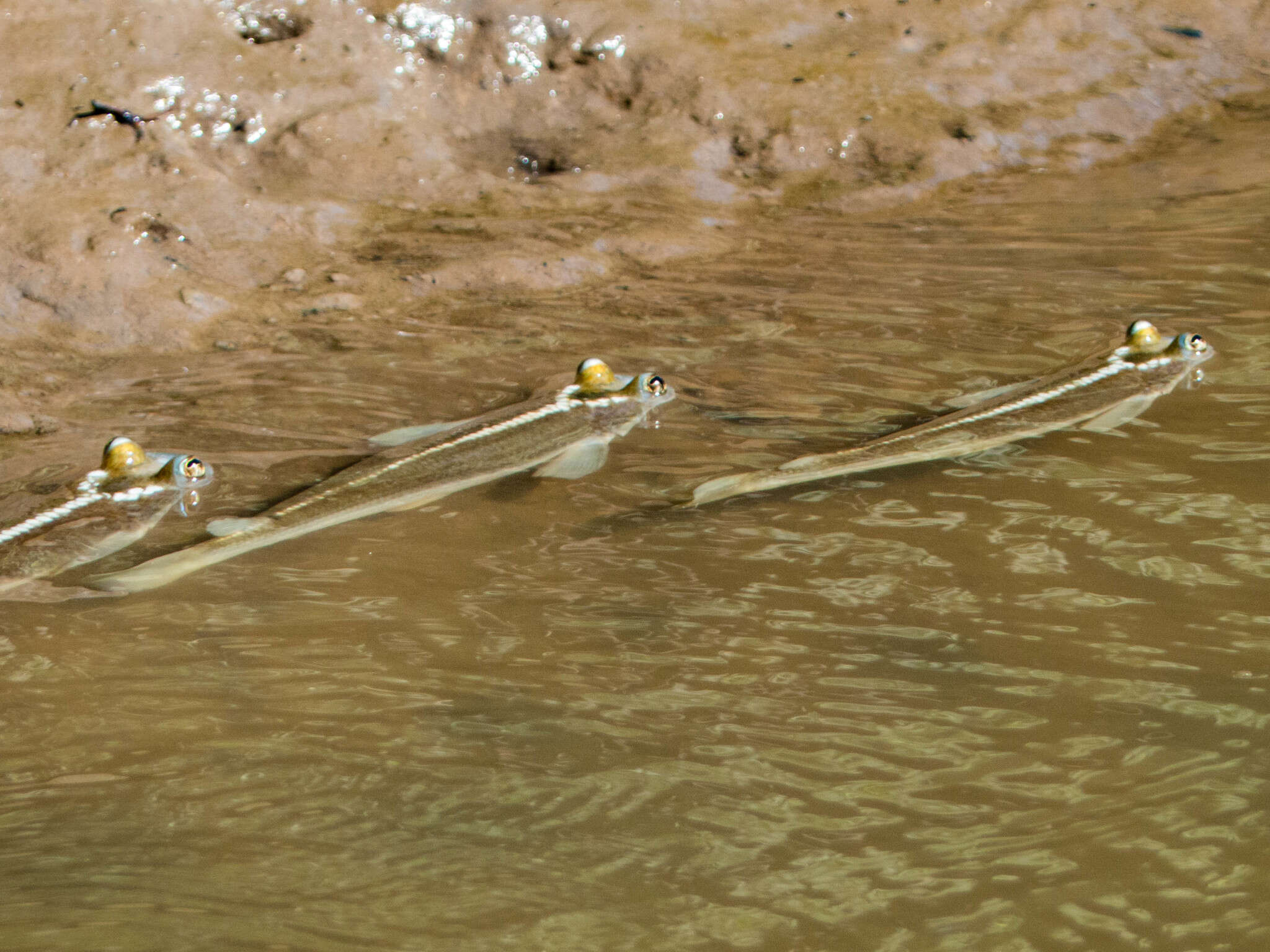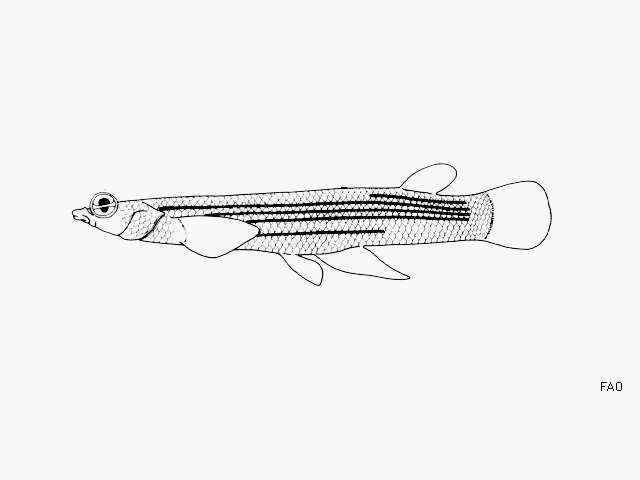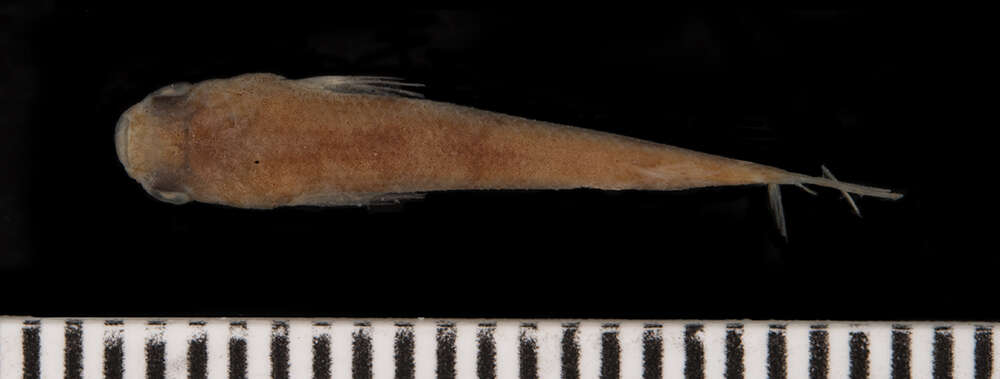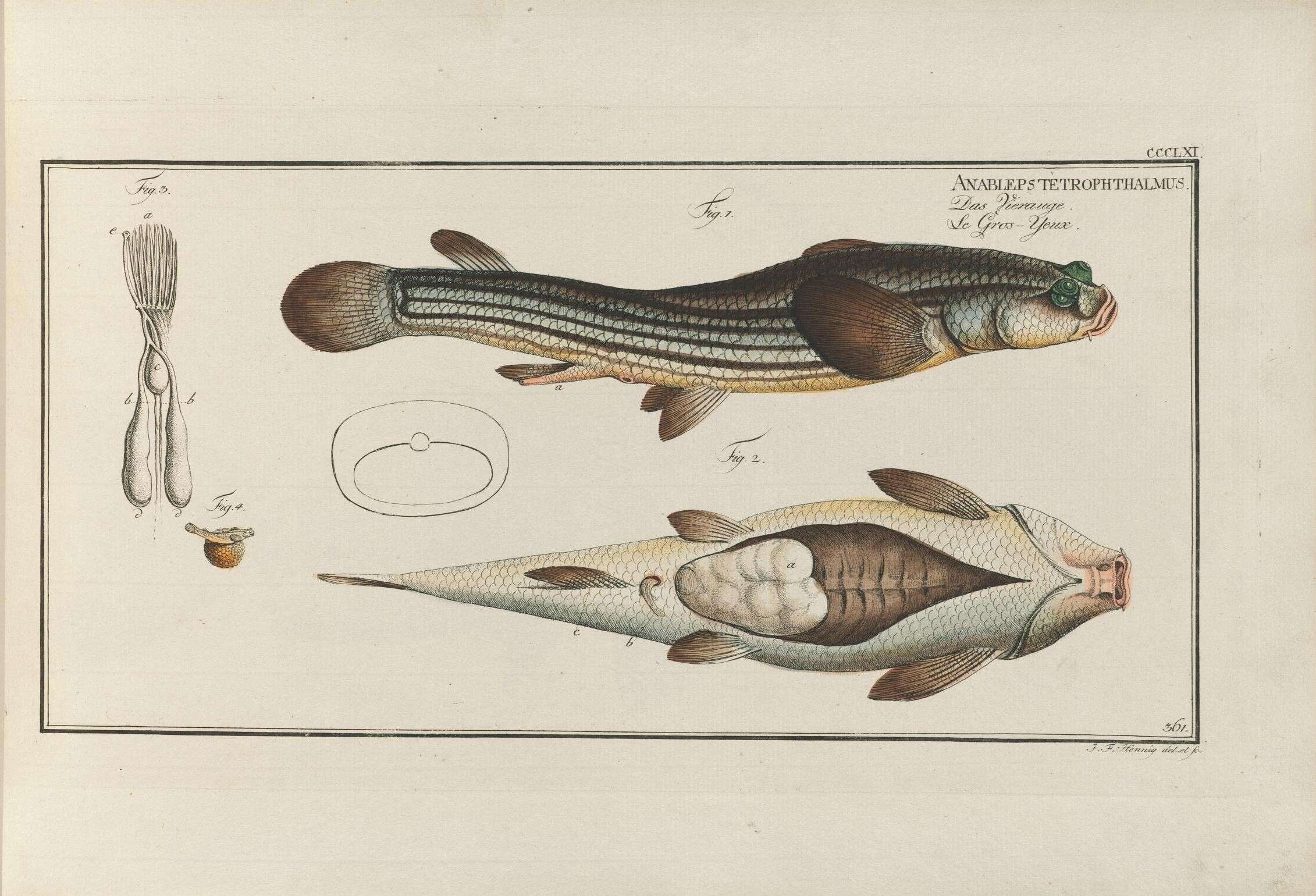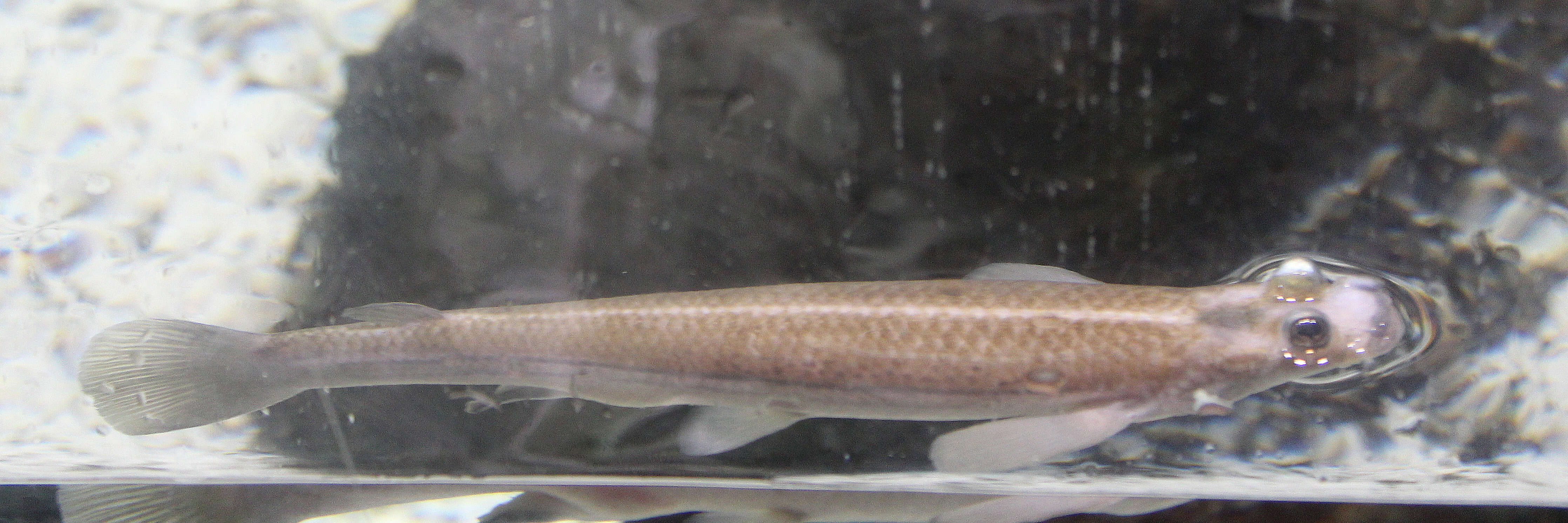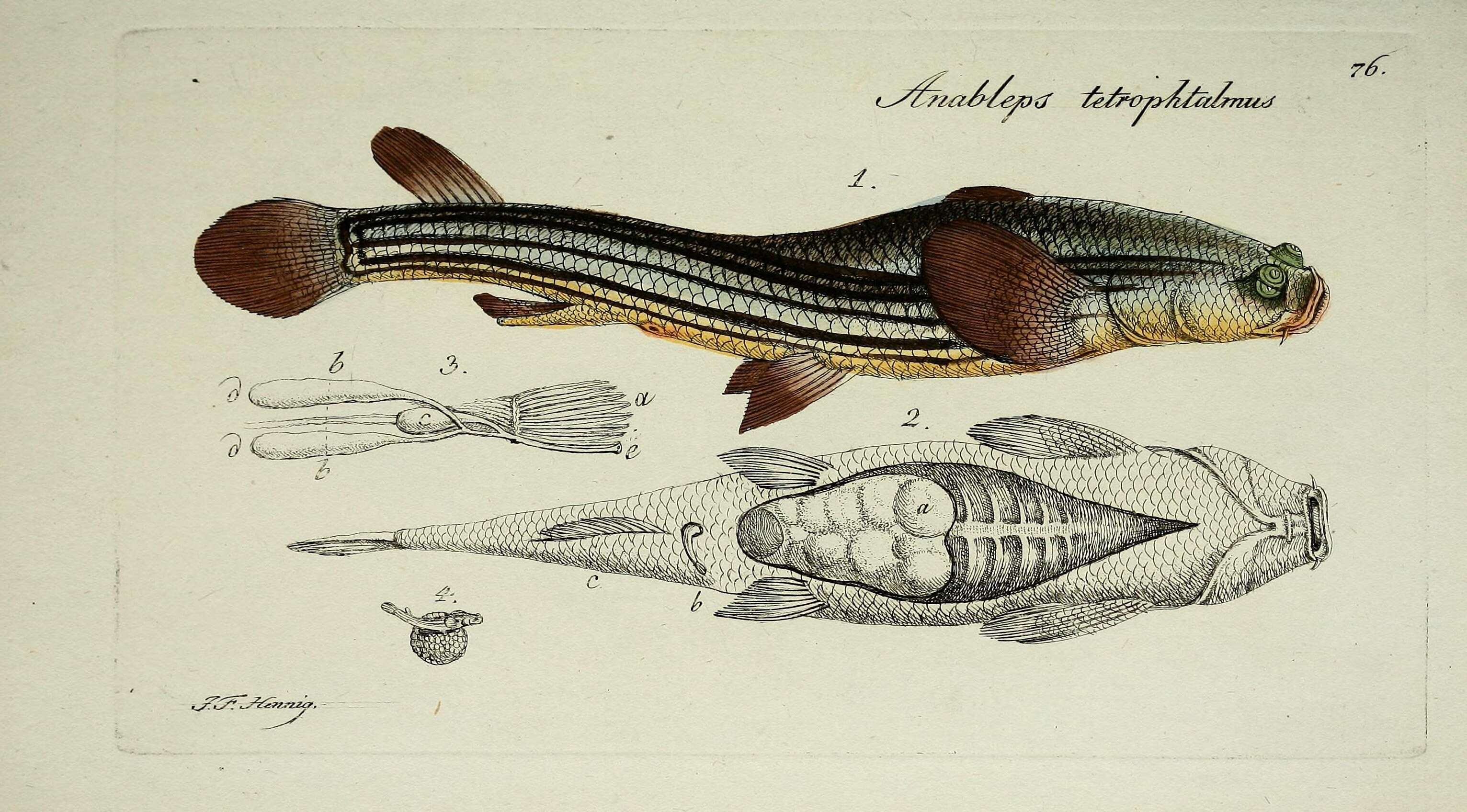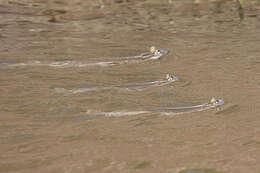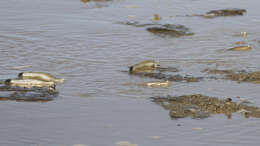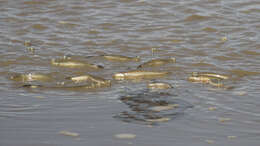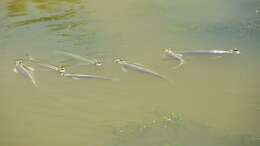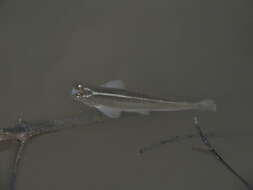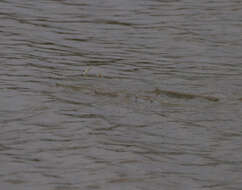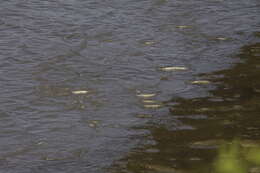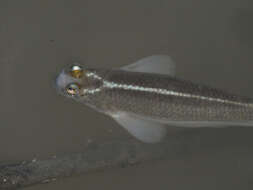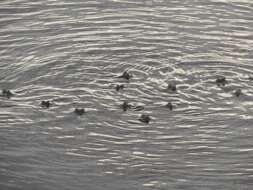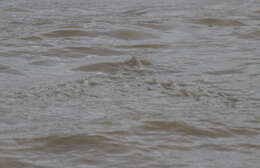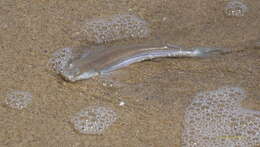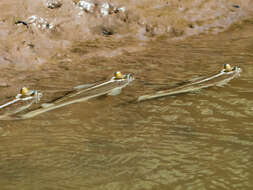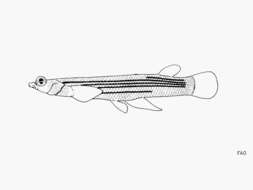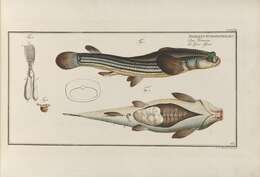Summary.mw-parser-output table.commons-file-information-table,.mw-parser-output.fileinfotpl-type-information{border:1px solid #a2a9b1;background-color:#f8f9fa;padding:5px;font-size:95%;border-spacing:2px;box-sizing:border-box;margin:0;width:100%}.mw-parser-output table.commons-file-information-table>tbody>tr,.mw-parser-output.fileinfotpl-type-information>tbody>tr{vertical-align:top}.mw-parser-output table.commons-file-information-table>tbody>tr>td,.mw-parser-output table.commons-file-information-table>tbody>tr>th,.mw-parser-output.fileinfotpl-type-information>tbody>tr>td,.mw-parser-output.fileinfotpl-type-information>tbody>tr>th{padding:4px}.mw-parser-output.fileinfo-paramfield{background:#ccf;text-align:right;padding-right:0.4em;width:15%;font-weight:bold}.mw-parser-output.commons-file-information-table+table.commons-file-information-table,.mw-parser-output.commons-file-information-table+div.commons-file-information-table>table{border-top:0;padding-top:0;margin-top:-8px}@media only screen and (max-width:719px){.mw-parser-output table.commons-file-information-table,.mw-parser-output.commons-file-information-table.fileinfotpl-type-information{border-spacing:0;padding:0;word-break:break-word;width:100%!important}.mw-parser-output.commons-file-information-table>tbody,.mw-parser-output.fileinfotpl-type-information>tbody{display:block}.mw-parser-output.commons-file-information-table>tbody>tr>td,.mw-parser-output.commons-file-information-table>tbody>tr>th,.mw-parser-output.fileinfotpl-type-information>tbody>tr>td,.mw-parser-output.fileinfotpl-type-information>tbody>tr>th{padding:0.2em 0.4em;text-align:left;text-align:start}.mw-parser-output.commons-file-information-table>tbody>tr,.mw-parser-output.fileinfotpl-type-information>tbody>tr{display:flex;flex-direction:column}.mw-parser-output.commons-file-information-table+table.commons-file-information-table,.mw-parser-output.commons-file-information-table+div.commons-file-information-table>table{margin-top:-1px}.mw-parser-output.fileinfo-paramfield{box-sizing:border-box;flex:1 0 100%;width:100%}} Description: Anableps anableps (Linnaeus, 1758) - largescale four-eyed fish from the Paria Peninsula of coastal Venezuela (captive, Newport Aquarium, Newport, Kentucky, USA). Four-eyed fish (Anableps anableps) are some of the more bizarre fish on Earth. This species inhabits freshwater to brackish water settings in coastal northeastern South America. It typically hangs out just below the air-water interface. While at the surface, its eyes protrude from the water. Four-eyed fish eyes have pear-shaped lenses & each eye is divided into two parts by a thin band of horizontal tissue (each eye has two corneas and two retinas). The dorsal portion of each eye can focus on & image objects in air (using the lower retina), while at the same time the ventral portion of each eye can focus on & image objects in the water (using the upper retina). Four-eyed fish are live-bearers - they do not lay eggs. External reproductive structures in male & female four-eyed fish are remarkable for being asymmetrically directed. So, “left-handed males” can only mate with “right-handed females” and vice-versa. Published observations indicate that dextral males, dextral females, sinistral males, and sinistral females are roughly evenly distributed in natural populations. Classification: Animalia, Chordata, Vertebrata, Osteichthyes, Actinopterygii, Cyprinodontiformes, Cyprinodontoidei, Anablepidae Most info. from Herald (1962) & Lagler et al. (1962) & the Newport Aquarium. Date: 25 March 2010, 10:55. Source:
Anableps anableps (largescale four-eyed fish) 2. Author:
James St. John.


